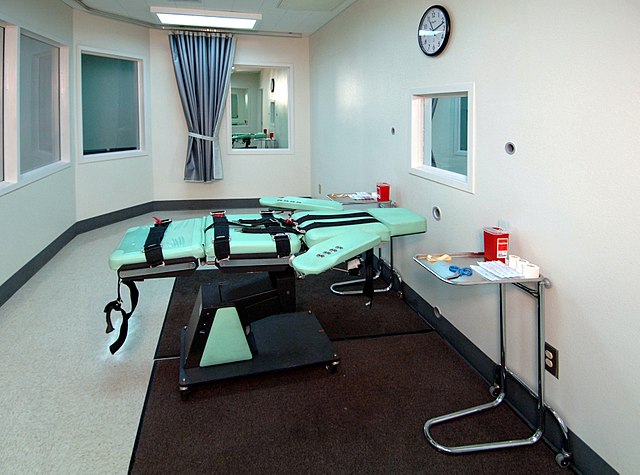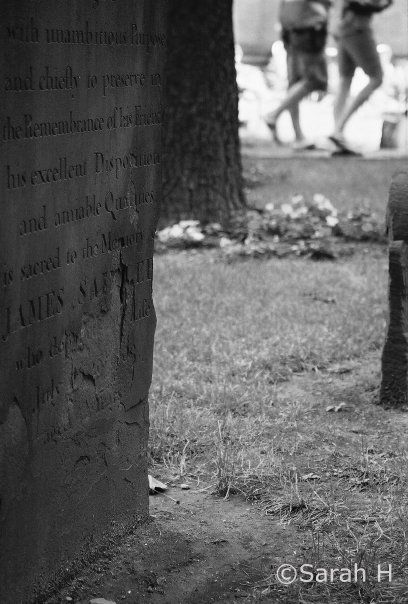What would you do for the perfect selfie?
The emergence of the front-facing camera has revolutionized the way we make memories and document our lives. We can’t go anywhere without documenting our latest vacation or trip to the most artsy place in town. If we don’t take a selfie, where we even there at all?
It turns out there have been a number of accidental deaths linked to this seemingly innocent activity. In 2016 alone there were more selfie related deaths than shark attacks.
- In 2015 a man reportedly died from a lightning strike that hit his selfie stick, electrocuting him and killing him.
- A 66 year old tourist fell backwards down the steps of the Taj Mahal in 2015. He sustained head trauma that led to his death. Witnesses stated that they saw him trying to execute a selfie before the man lost his balance.
- In the past few years there was a series of incidents in which young people trying to show off guns on live video accidentally shot themselves and died.
In our society there is the pressure to get the perfect selfie. This causes people to become less aware in their surroundings, opening the door for accidents to happen. Apps like Snapchat have instituted warnings to not take selfies while moving/driving in order to limit the amount of car crashes due to distracted driving. It seems that anything, even the most innocent of actions, when taken to the extreme or done in an unsafe environment can cause harm. The deaths of each of these individuals is tragic. The adage, with more power comes more responsibility, should hold true in our use of technology. As we are able to do more and more things due to technology, we must remember that are actions have consequences. It is wonderful that we can text and call people while we are on the go, but killing ourselves our someone else in a car accident because we were busy texting is not the way to embrace the strides we have made.
The #SelfieOlympics, a viral selfie phenomena a few years ago, shows how the art of the selfie has evolved. The goal was to take the craziest most elaborate photos, all while in the comfort of one’s bathroom. The use of props was encouraged, and the more one could defy gravity the better. Eventhough social media crazes such as the #SelfieOlympics are super fun and relatively harmless, we should be mindful that actually living our lives is more important than capturing every second of them.
He wins #SelfieOlympics pic.twitter.com/Ahx0EyNe5Y
— Kaetlyn (@Ayooo_Kay) August 29, 2014
https://twitter.com/tyler1995ojeda/status/476224980120637440
The reality is that while trying to capture every moment of our lives, we are actually letting a lot of it slip past. We must ask ourselves is having the wildest selfie worth it? Maybe not if it means we are risking our lives or the lives of others.
Here’s a video of selfie fails that resulted in accidents, but nobody died. Enjoy.
**WARNING: LANGUAGE**
https://www.youtube.com/watch?v=yNswL3iQp-I
Sources:







